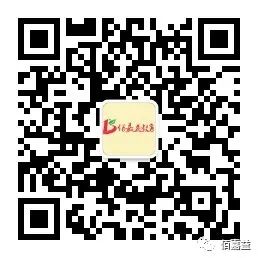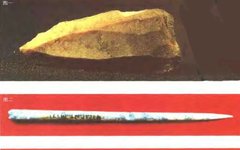Acupuncture is a summary of the long-term experiences of the Chinese people in combating diseases, and its formation has undergone a lengthy process. Acupuncture therapy is a collective term for two treatment methods: needling and moxibustion. From early literature, it can be seen that moxibustion was primarily recorded, suggesting that its application may have preceded needling. The precursor to needling is “Bian Shu” (stone therapy), which primarily used Bian stones and originated in the Neolithic period, approximately 8,000 to 4,000 years ago. By the Qin and Han dynasties, acupuncture instruments had gradually evolved from stone needles, bone needles, and bamboo needles to metal needles. The development of metal needles has gone through stages of copper, iron, silver, alloys, and stainless steel. The reform of acupuncture instruments has expanded the scope of needling treatment, improved therapeutic effects, and promoted the development of acupuncture.
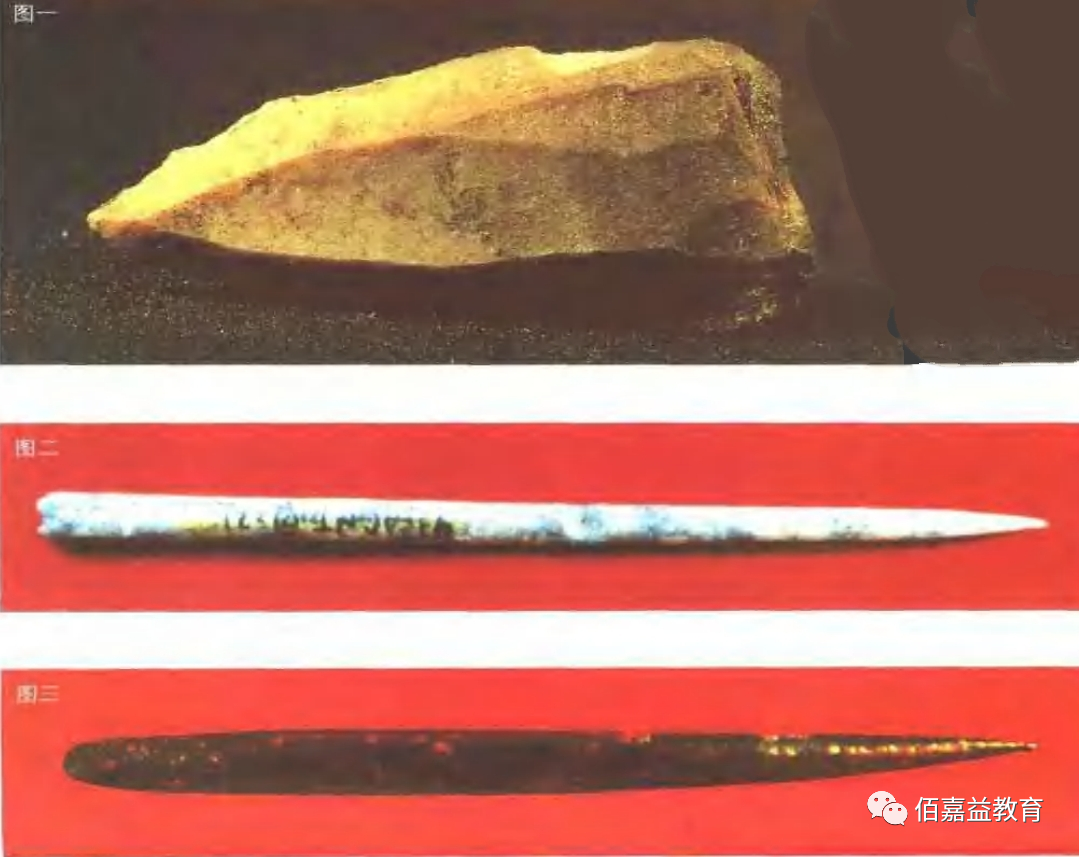 As medical experience accumulated, it was gradually discovered that many specific acupoints could treat certain diseases, leading to the transition from the earliest concept of “pain as acupoint” to the identification and naming of acupoints. Based on the increasing number of acupoints and their therapeutic effects, combined with the effects of needling and ancient anatomical knowledge, ancient physicians recognized that the human body has a complete structure for the flow of Qi— the meridian system. Through continuous summarization and practice, the theories of acupoints and meridians were systematized, forming the theory of meridians. The establishment of the meridian theory and other TCM theories has made acupuncture an independent discipline within Traditional Chinese Medicine.
As medical experience accumulated, it was gradually discovered that many specific acupoints could treat certain diseases, leading to the transition from the earliest concept of “pain as acupoint” to the identification and naming of acupoints. Based on the increasing number of acupoints and their therapeutic effects, combined with the effects of needling and ancient anatomical knowledge, ancient physicians recognized that the human body has a complete structure for the flow of Qi— the meridian system. Through continuous summarization and practice, the theories of acupoints and meridians were systematized, forming the theory of meridians. The establishment of the meridian theory and other TCM theories has made acupuncture an independent discipline within Traditional Chinese Medicine.
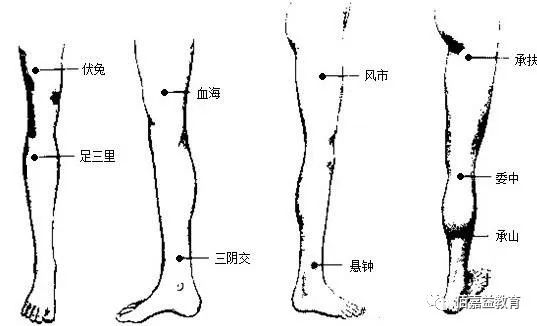 The “Huangdi Neijing” (Yellow Emperor’s Inner Canon) is the earliest existing medical classic in China, which comprehensively and systematically elaborates on Yin-Yang, the Five Elements, the organs, meridians, acupoints, diagnostic methods, pathogenesis, treatment principles, needling and moxibustion methods, as well as their indications and contraindications. Among these, the content on acupuncture discussed in the “Ling Shu” is particularly detailed, hence it is also known as the “Acupuncture Classic.” The “Huangdi Neijing” laid a solid theoretical foundation for the development of acupuncture scholarship. The “Nan Jing” (Classic of Difficult Issues) supplemented the “Neijing” in aspects of meridians, acupoints, and acupuncture. The famous physician Zhang Zhongjing of the Eastern Han dynasty successfully integrated acupuncture and herbal medicine into his established system of differentiation and treatment of external diseases, proposing important viewpoints such as using acupuncture for prevention, needling for Yang syndromes, and moxibustion for Yin syndromes, which elevated clinical acupuncture treatment to a new level. During the late Eastern Han period, Hua Tuo, known for his precise selection of acupoints and attention to the conduction of needling sensations, authored the “Zhen Zhong Jiu Ci Jing” (now lost).
The “Huangdi Neijing” (Yellow Emperor’s Inner Canon) is the earliest existing medical classic in China, which comprehensively and systematically elaborates on Yin-Yang, the Five Elements, the organs, meridians, acupoints, diagnostic methods, pathogenesis, treatment principles, needling and moxibustion methods, as well as their indications and contraindications. Among these, the content on acupuncture discussed in the “Ling Shu” is particularly detailed, hence it is also known as the “Acupuncture Classic.” The “Huangdi Neijing” laid a solid theoretical foundation for the development of acupuncture scholarship. The “Nan Jing” (Classic of Difficult Issues) supplemented the “Neijing” in aspects of meridians, acupoints, and acupuncture. The famous physician Zhang Zhongjing of the Eastern Han dynasty successfully integrated acupuncture and herbal medicine into his established system of differentiation and treatment of external diseases, proposing important viewpoints such as using acupuncture for prevention, needling for Yang syndromes, and moxibustion for Yin syndromes, which elevated clinical acupuncture treatment to a new level. During the late Eastern Han period, Hua Tuo, known for his precise selection of acupoints and attention to the conduction of needling sensations, authored the “Zhen Zhong Jiu Ci Jing” (now lost).
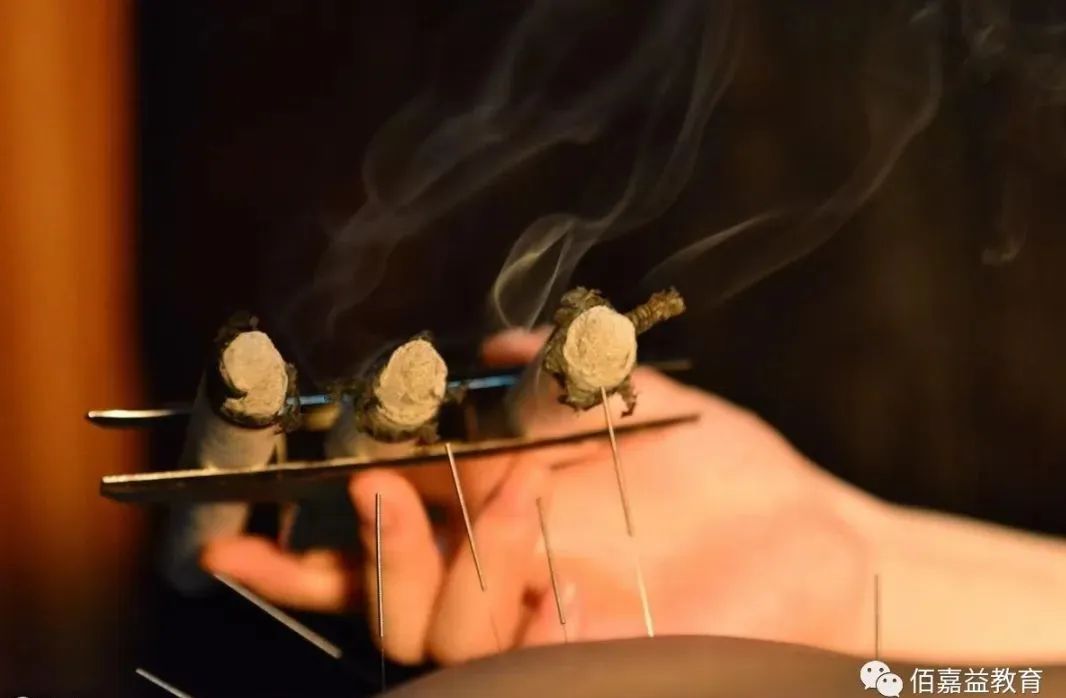
The “Zhen Jiu Jia Yi Jing” (Acupuncture and Moxibustion Classic) by Huangfu Mi during the Jin dynasty is the first specialized work on acupuncture in China and serves as a summary of acupuncture medicine following the “Huangdi Neijing,” playing a pivotal role in the history of acupuncture development. During the Sui and Tang dynasties, many renowned physicians, such as Zhen Quan and Sun Simiao, emphasized practical research in acupuncture. Sun Simiao’s “Qian Jin Yao Fang” (Essential Prescriptions Worth a Thousand Gold) introduced the method of selecting acupoints based on the same body inch and affirmed the role of Ah Shi points. According to the “Tang Shu Bai Guan Zhi,” in the ninth year of the Wu De era (602 AD), the national medical and teaching institution “Tai Yi Shu” established positions such as acupuncture doctor, acupuncture assistant, and acupuncture teacher, specifically for acupuncture education and medical work.
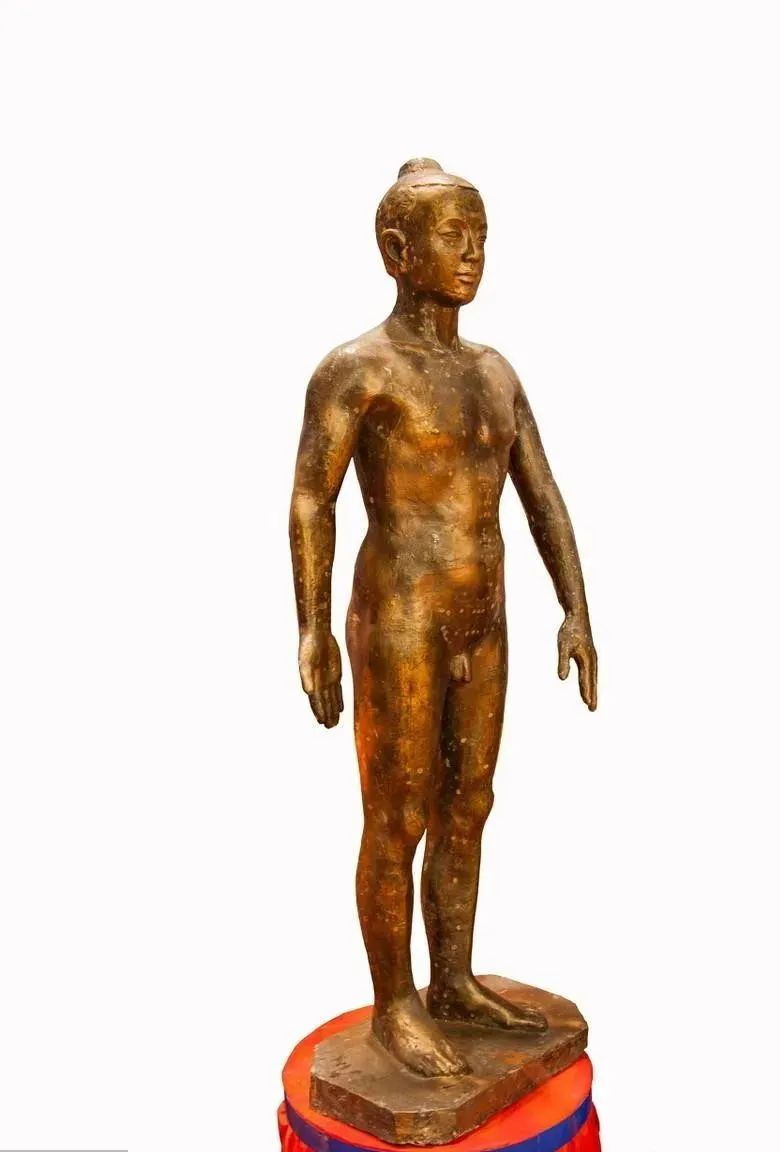
During the Song dynasty, Wang Weiyi compiled the “Newly Cast Copper Human Acupuncture Diagram” and, with state support, cast two acupuncture copper human models, which are the world’s earliest three-dimensional acupuncture models, pioneering intuitive teaching of meridian models. In the Southern Song dynasty, acupuncturist Wang Zhizhong authored the “Acupuncture and Moxibustion for Life” which not only recorded acupuncture classics before the Song dynasty but also included his own experiential summaries and folk experiences, making it an important reference for later generations. In the Yuan dynasty, physician Hua Boren comprehensively examined the relationship between meridian pathways and acupoints, forming the meridian monograph “Fourteen Meridians Explained,” further developing meridian theory. During this period, several other acupuncture monographs were published, such as “Pediatric Ming Tang Jiu Jing,” “Emergency Moxibustion Methods,” “Yong Ju Shen Mi Jiu Jing,” and “Acupuncture Classic Guide.”
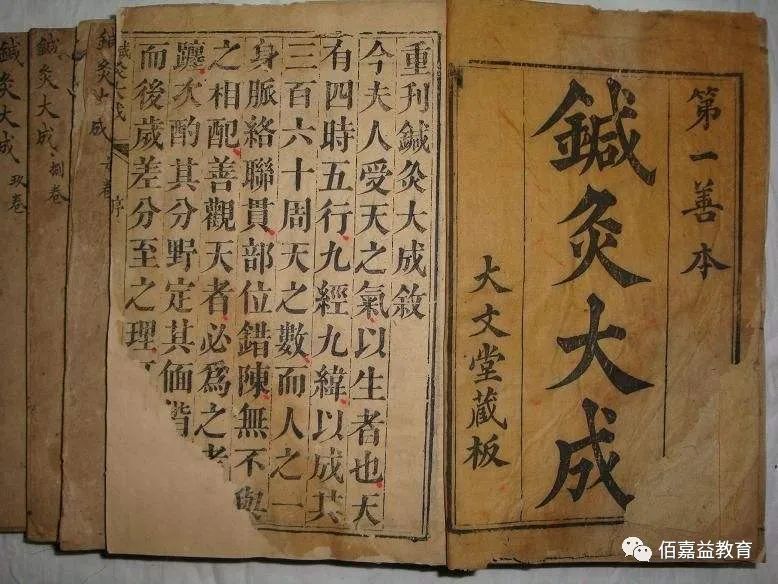
The Ming dynasty was a peak period for the development of acupuncture, with acupuncture scholarship reaching a climax. Many renowned figures emerged, such as Chen Hui in the early Ming, Ling Yun in the mid-Ming, and Yang Jizhou in the late Ming. Their main achievements included: first, extensive collection and organization of previous acupuncture literature, resulting in many compilations of acupuncture literature, such as Xu Feng’s “Acupuncture Compendium,” Gao Wu’s “Acupuncture Collection of Elites,” and Yang Jizhou’s “Acupuncture Great Achievement”; second, deeper research into needling techniques, forming dozens of complex techniques based on simple techniques, with the “Acupuncture Great Achievement: Sanqu Yang’s Supplementing and Draining” section recording 44 techniques, including 24 complex techniques; third, the development of moxibustion techniques from burning moxa cones to warming moxibustion with moxa rolls, with the emergence of moxa rolls in the 14th century, which later evolved into “Lei Huo Shen Zhen” and “Tai Yi Shen Zhen” moxibustion with added herbs; fourth, the organization of acupuncture points not belonging to meridians into a category of extraordinary points (or extra meridian points). The “Acupuncture Great Achievement” is a gem among these works, written by Yang Jizhou based on his family’s “Secret Essentials of Health Acupuncture,” gathering the essence of classical works and the experiences of various physicians, and remains a reference book for clinical acupuncture to this day.

During the Qing dynasty, due to a focus on herbal medicine over acupuncture, acupuncture gradually entered a low tide. Notable acupuncture works included Liao Hongrun’s “Acupuncture Collection,” Wu Qian’s “Medical Canon of the Heart’s Essentials of Needling and Moxibustion,” and Li Xuechuan’s “Acupuncture and Moxibustion Sources.” Among these, “Medical Canon of the Heart’s Essentials of Needling and Moxibustion” utilized verses and illustrations, making it quite practical; “Acupuncture and Moxibustion Sources” was the first complete work to include 361 acupoints. In 1822, the Qing dynasty ordered the permanent cessation of acupuncture in the Tai Hospital, stating that “needling and moxibustion are not suitable for serving the emperor,” leading to the decline of acupuncture medicine. After the Opium War and for over a century until the Republic of China, acupuncture declined due to discrimination and suppression by reactionary rulers and imperialists, surviving only in folk practices. After the establishment of the People’s Republic of China in 1949, acupuncture medicine experienced a revival and prosperity. Acupuncture education also developed rapidly. To facilitate academic exchanges, the China Acupuncture Society was established in 1979. Clinically, acupuncture has shown good and excellent efficacy for over 100 diseases across various departments, especially in research on cardiovascular diseases, gallstones, bacterial dysentery, and breast hyperplasia, achieving remarkable results. In 1958, acupuncture anesthesia began to be used clinically, adding new content to anesthesia methods and promoting deeper research into acupuncture medicine. Consequently, research in acupuncture has evolved from summarizing clinical treatment experiences to conducting experimental studies, exploring the effects of acupuncture on various organ functions, and delving into the mechanisms of acupuncture anesthesia and analgesia, with new advancements in the study of meridian phenomena and the essence of meridians. In recent years, research on needling techniques has also achieved gratifying results. Acupuncture began to spread eastward to countries like Korea and Japan during the Southern and Northern Dynasties, and before the 13th century, it gradually moved westward through the “Silk Road,” influencing Arabic medicine. In recent years, there has been a lasting wave of “acupuncture fever” internationally. In 1984, WHO official Nakajima Hiroshi announced: “Acupuncture medicine has become a new medical discipline recognized worldwide.” International acupuncture training centers were established in Beijing, Shanghai, Nanjing, and other locations. The Preparatory Committee of the World Federation of Acupuncture-Moxibustion Societies was established in Beijing in August 1984, and the founding conference was held in China in November 1987. In 2002, WHO listed 106 indications for acupuncture application. In October 2006, the WHO West Pacific Region meeting on acupuncture point location standards established international standards for acupuncture point location. In 2010, WHO initiated the compilation of disease classification codes for Traditional Chinese Medicine, marking the first time traditional medicine was included in the mainstream medical category. In many countries around the world, especially developed countries, acupuncture education institutions have been established. In Asia, Japan established Meiji University of Acupuncture in 1983, offering undergraduate and graduate education in acupuncture; Korea’s acupuncture education mainly takes place at the Korea University of Traditional Medicine, which offers a six-year undergraduate program. In Europe and America, many countries have various types of Traditional Chinese Medicine acupuncture colleges, and some regular universities offer degree programs or diploma courses in Traditional Chinese Medicine and acupuncture. In recent years, Chinese medicine universities have engaged in various forms of cooperative education with foreign universities, training batches of international acupuncture talents. The promulgation of the “Traditional Chinese Medicine Law” in 2017 further promoted the rapid development of traditional medicine, and traditional acupuncture therapy has now reached the world, making significant contributions to human health care.
【The images in the text are sourced from the internet. If there is any infringement, please contact us for removal.】
Inheritance | Exchange | Learning | Sharing: Welcome to contact us at Email: [email protected], Learning website: www.baiguojiayi.com
